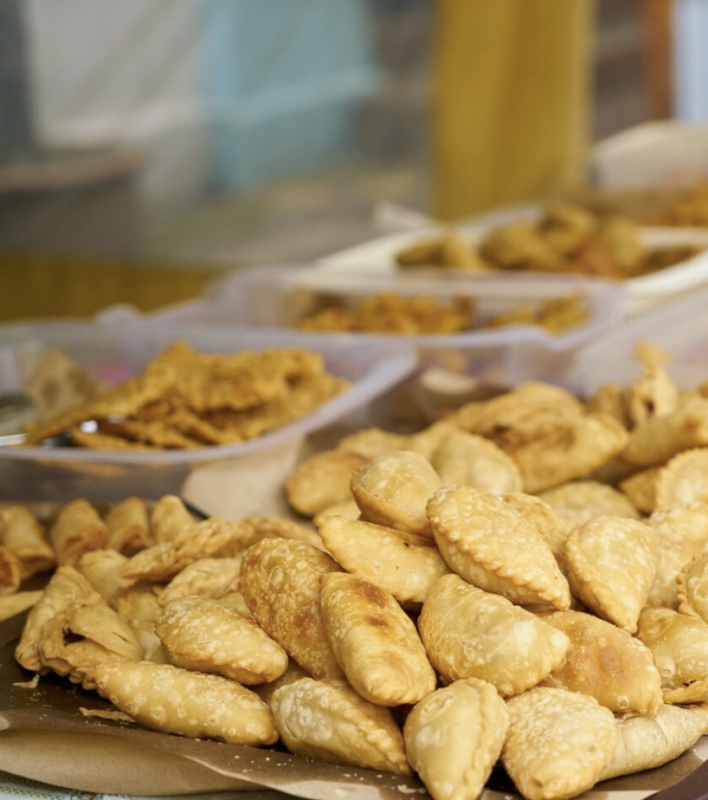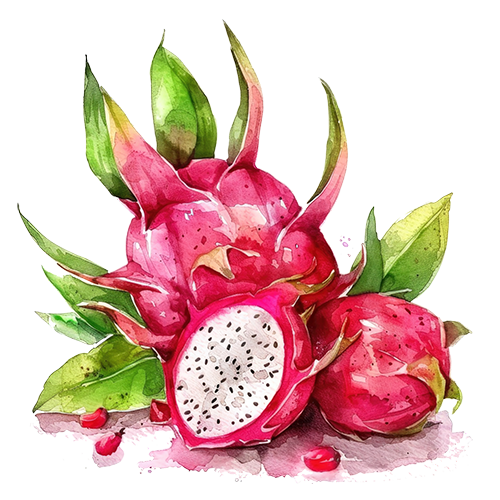|
Getting your Trinity Audio player ready...
|
Julia Child said it best, “A party without cake is just a meeting,” and when it comes to wedding parties, most will agree that the cake is one of the key elements for the celebration to be complete. While the list of wedding cake and dessert trends for 2024 includes elements like grand, many-tiered cakes, metallic accent decorations, and sustainable and allergen-free desserts, all of which can be found in Los Cabos; if you want to enjoy some traditional flavors, you need to venture into the kitchens of local cooks and bakers to encounter a variety of treats that will give any celebration, including a beachside wedding or rehearsal dinner, a unique sweet touch.
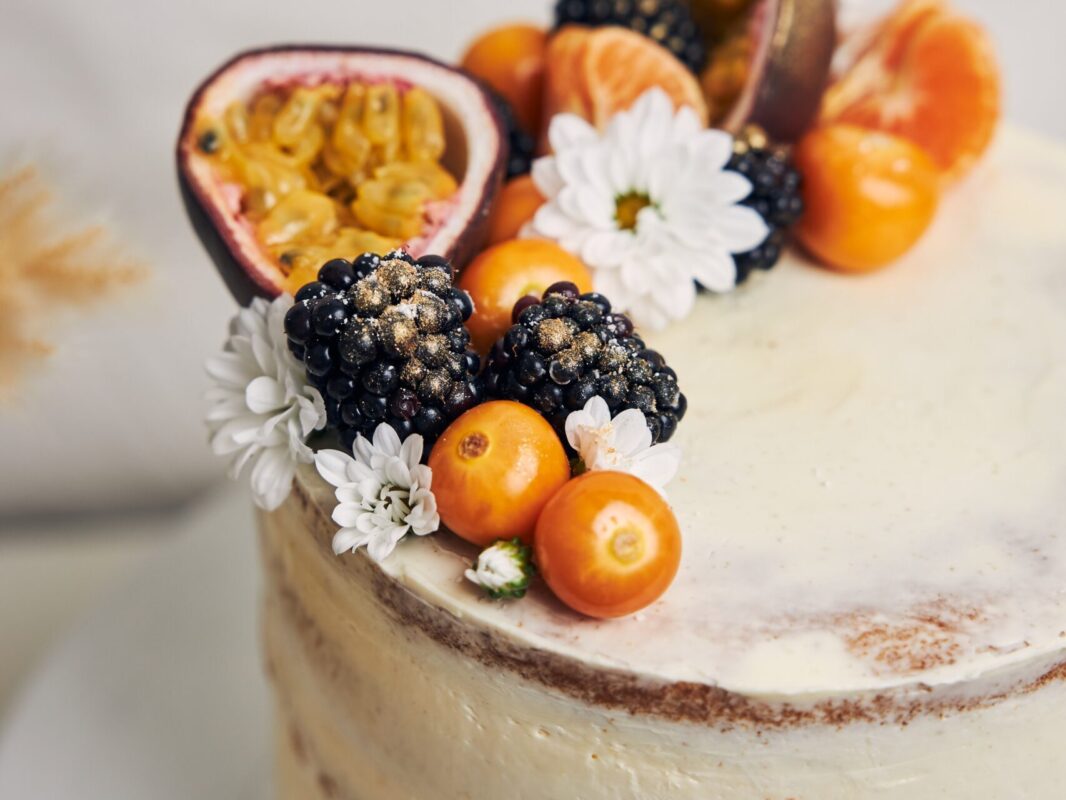
Most of the traditional desserts of Baja California Sur are made with fruits that grow in the region, like guava, mango, and pitaya (dragon fruit), and some of the oldest recipes feature sweets made with dates and sugar cane. The type of traditional sweets and desserts is a reflection of the history of the state, which grew around missions, usually built in areas where fresh water and date palms were found. Later, settlers established ranches that grew into important sugar cane fields with their sugar mills.
Another important sweet tradition came from the shared importance of sugar production and the necessity to preserve fruit in the hot desert: the manufacture of candied or crystallized fruits. From clear and sweet biznaga cactus candy known as “Acitrón” to candied orange peels and the jewel-like clear pitaya jelly; candied fruits are always present, whether to be enjoyed on their own or as part of the decorations of cakes and breads.
Among the area’s most traditional cakes is the “Tres Leches” cake, a decadent creation soaked in condensed, evaporated, and sweet milk. Another delight is the “Pastel de Elote,” a delicate and soft cake made with corn, often served wrapped in corn husks, that is steamed in the oven providing a soft and airy texture. Lastly, there’s the “Pastel de Datil,” a dense rich cake made with dates and pecans that resembles the texture of a rich banana bread. These are the delicious flavors that reflect the culinary spirit of Mexico and Baja.
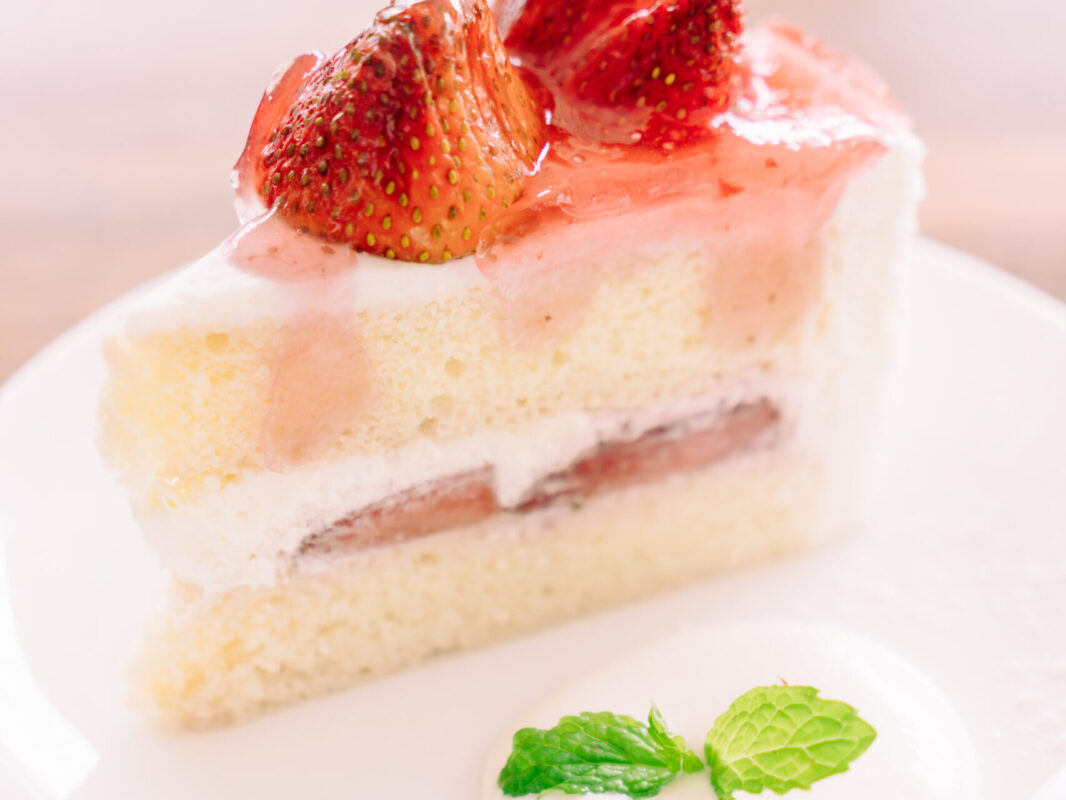
In the southernmost part of the peninsula, the one treat that is present at all celebrations from christenings to family gatherings to weddings are “buñuelos,” crispy fritters made with a sweet dough similar to the one used for flour tortillas, with the addition of cinnamon in the dry ingredients and the use of butter instead of the traditional lard or shortening, as is the norm for tortillas. The dough is then rolled into thin circles, fried, and dusted with cinnamon sugar. Local chronicles show that the first buñuelos were prepared in the missions and they are a culinary tradition that remains to this day and is one of the most popular sweet treats in this area. Buñuelos are served with a warm syrup. There are different preferences regarding this syrup. Some cooks will tell you that it must be a honey-like thick syrup made with “piloncillo.” Piloncillo is a raw form of cane sugar, traditionally shaped like cones, that can now be found in other presentations. The flavor is very similar to dark molasses and if you were to prepare buñuelos, using a syrup made with one part molasses and half part water would be an excellent adaptation of the traditional flavor. Another very popular syrup is made with guavas that are cooked in a simple syrup.
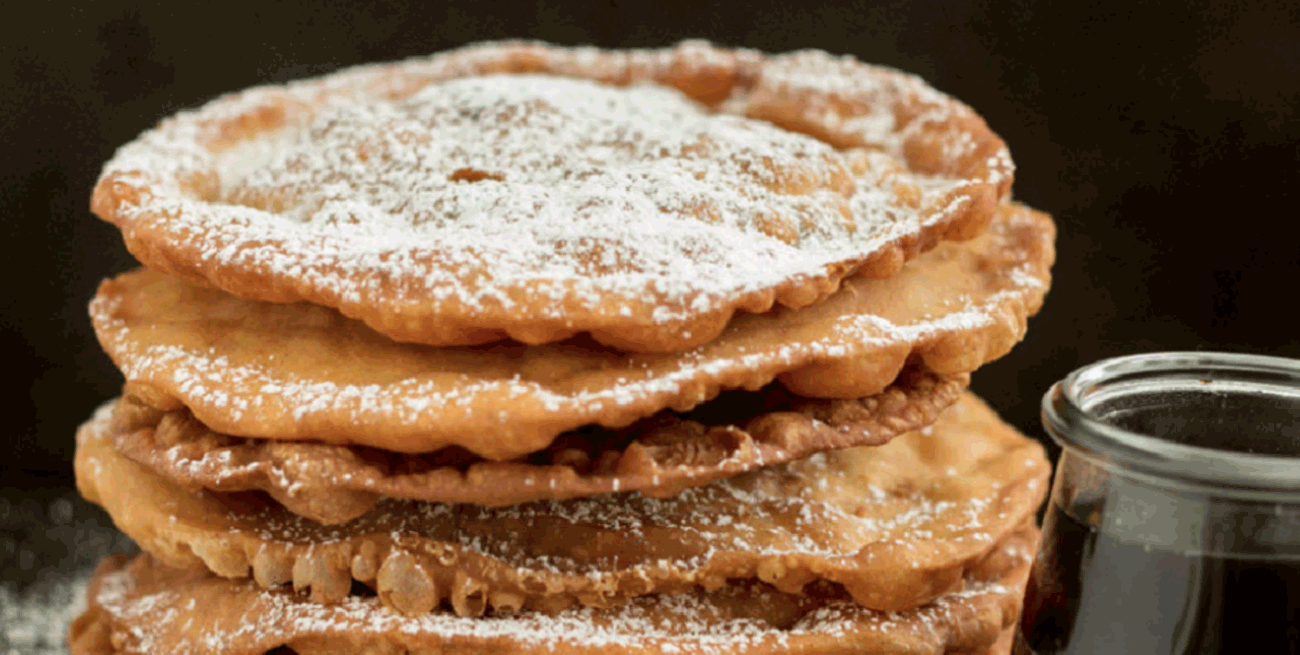
A word on churros: Churros are made with a fermented enriched batter that is fried and then dusted with sugar. More modern versions are sometimes filled with chocolate, dulce de leche, or cajeta. While delicious, it is important to note that they are a tradition in mainland Mexico that dates to colonial times; however, they are not part of the culinary tradition of Baja California Sur. Having said that, they are an awesome dessert that can be found at many restaurants in the area.
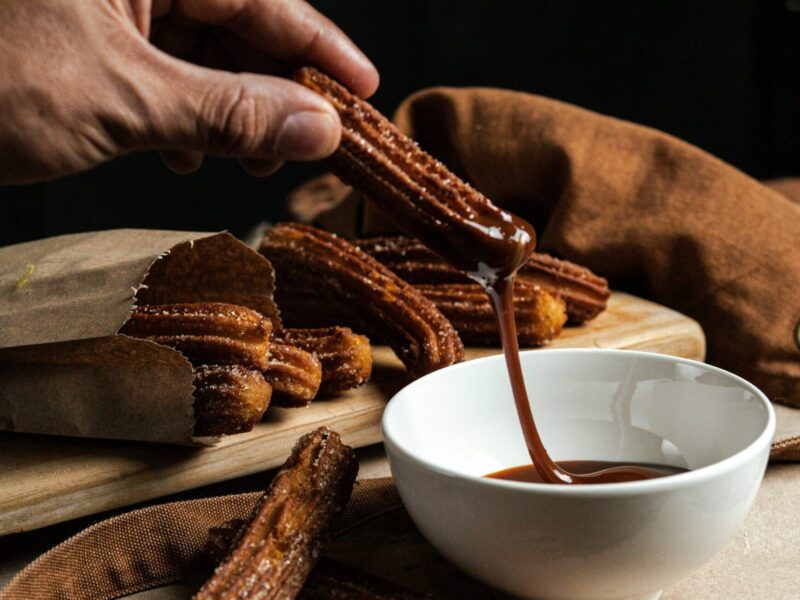
The most traditional way to serve sweet treats at any celebration is by setting up a tempting display that is certain to include small turnovers filled with guava jelly, sliced mango jelly with cheese, dates with pecans and almonds, candied fruits, melcocha (small candies made with pulled sugar cane), and a beautifully decorated cake as the centerpiece.
For delicious guava-filled turnovers, go to Café Doce Cuarenta and ask for an Empanada de Guayaba. And do yourself a favor and try an amazing “Pastel de Elote” at La Pintada, next time you are in Cabo San Lucas.
